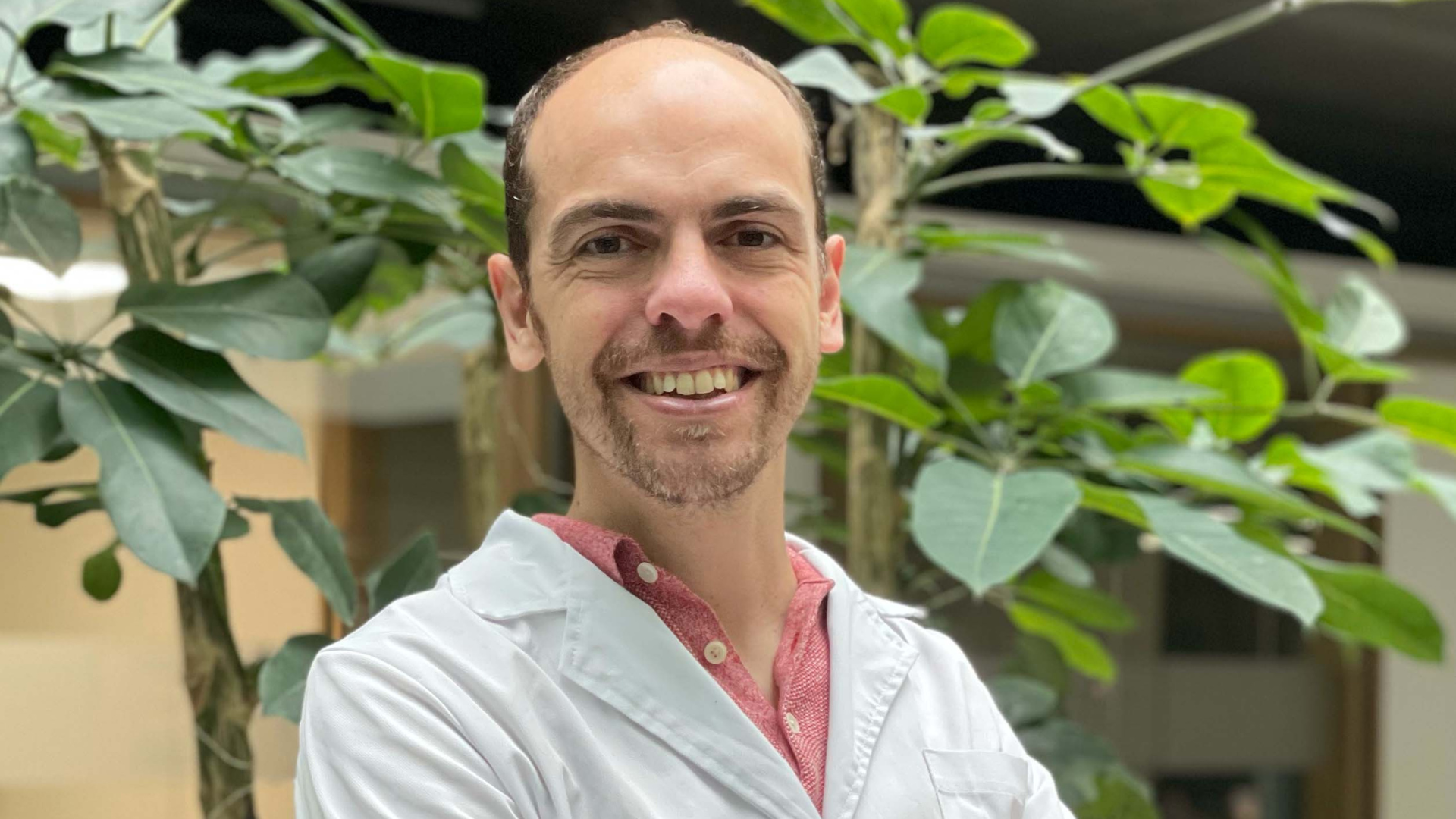Although the open innovation was a trending topic these days, and even more the increasing collaboration between companies and start ups, is a concept that comes from of the years 90, where mainly 3 companies led the implementation of this philosophy of work: Cisco, Eli-Lilly, Procter & Gamble. It was this last the one who used the open innovation until in 50% of his developments.
The open innovation is innovate sing inputs external, can be, for example: the contracting of an external adviser, the collaboration with a competitor or the collaboration with a start up. His main advantages are:
- Generate a greater quantity of imputs/ideas.
- Allow access to new technology.
- Duplicate prices it success until +75%
- Promote the transformation: improve the productivity and reduce costs.
- Increase by three the speed of innovation.
According to BBVA Research, the Spanish economy will go in in technical recession —two quarters been still in negative— to finals of this year 2022 and during principles of the next year. According to the studies, in these surroundings of recession, only 5% of the companies grow more than 1p.p Above the GDP. Therefore, if we do not want to compete in price, is important that compete in differentiation and, therefore, what better way to do it that initiating in the open innovation.
We see that the big companies already does years that are investing in this sense, and that exist crowd of systems for this, as for example:
- Hackaton: Nestlé Uses them to expose challenges to his employees or to external communities (like universities of business).
- Incubators & accelerators: Juan Roig (Mercadona) created Lanzadera to identify opportunities of business.
- Emprendeduría: 3M allows that the employees allocate until 15% of his time to innovate.
- Hub Innovation: InnoCells Of the Banc Sabadell allows to lead the digital diary of the group and explore the ecosystem to detect tendencies.
In spite of this, no everything are good news, the surveys show that only 8% of the companies and 13% of the start ups consider "very satisfied" with the collaboration. This is had to to a large extent to the cultural difference. The companies differentiate for having: aversion to the risk, financial stability, processes established and complex structure. Whereas the start ups differentiate for having: flat hierarchy, flexibility, opened to the innovation and work in base tests/error. To increase the percentage of success is very important to define very well the challenges and aims that want to fulfil , choose start ups that give guarantees of a viable product, work with experts in this type of collaborations and do meetings of previous work to guarantee that there is a good alignment between both parts. To the equal that in the financial investment has to diversify , by what recommend to work with several start ups, to diversify risks: it is better to invest little money in several ideas and that one go out well, that not investing a big quantity of money in an idea, that does not know if it will be a success. As it said Peter Druker (American professor considered the father the management like discipline): "The entrepreneur is not neither a science neither an art. It is a practice".
To implant this type of projects recommend to follow a methodology of 5 phases:
- Phase 1. Definition: define the challenges to face, the aims and the territory of exploration. We recommend to use a CANVAS to identify the challenges
- Phase 2. Research: look for start ups that give answer to the marked aims. This phase can do internally using some database, like Crunchbase or with the collaboration of expert companies. We recommend that the first times that do this type of projects, do with an external collaborator, since it is a new way to work and the collaborator has a big experience with start ups, knows perfectly how work and will win long and errors.
- Phase 3. Selection: Select it/them start ups. For this, we recommend using prioritization matrices where in the horizontal axis we find the impact (income, competitive advantage and protection of the market) and in the vertical the ease of implantation (time, ease, risks, resources/necessary costs and feasibility).
- Phase 4. Framework: Define the conditions with which goes to work with it/them start ups. In this phase is important to define clear aims, know the team of work, define the costs of the pilot, define the cost to implant the final project, see that it was scalable, analyse risks and ask samples to analyse feasibility.
- Phase 5. Pilot: Make a proof to see if really the project works. The advantage of the pilot is that it can test a product/service to a low cost without doing a high investment. In this phase is important: define a NDA, range aims, define governance of follow-up, implant process of iteration of continuous improvement and identify points of no return (those points in where it has to stop the project because they are not viable).
- Phase 6. Implementation: In case that the pilot have been a success and achieve the marked aims, happens to the last phase, where both parts sign an agreement to launch the project.
Now it is the moment that the medium enterprises begin to work with the open innovation, if we want to can compete with the big companies. It is not a way that have to to visit solos, to day of today there are public organisms and external advisers that accompany in this way. For medium enterprises is difficult to implant new ways to work, but by what see in the market, all those that have tested it this philosophy, have wanted to repeat.

